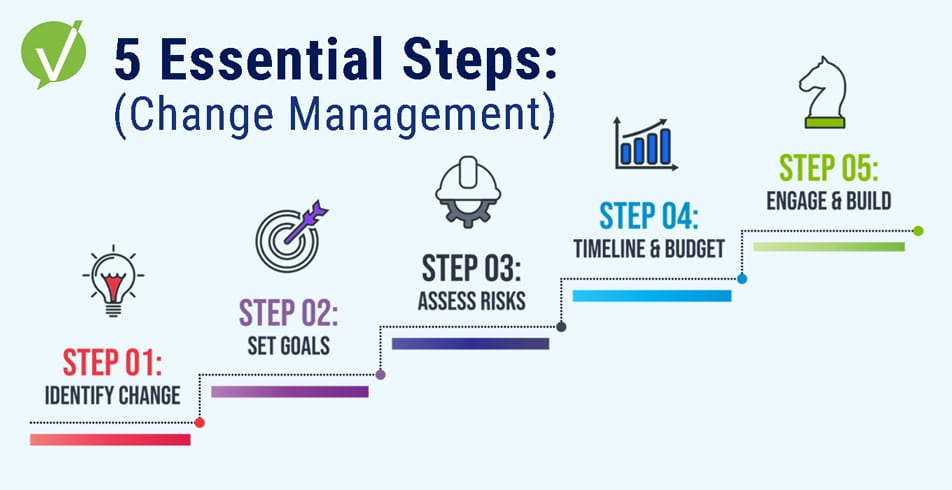Bridging the Gap Between ITIL and Project Management Best Practices
DOES YOUR IT TEAM HAVE THE BEST PROJECT MANAGEMENT STRATEGY?
Forecasts show that cloud-based project management tools are expected to grow around 14% in the next four years, requiring IT software to adapt to new use cases. Organizations with mature ITSM strategies can leverage project management best practices to introduce new services. As teams adapt their service operations to meet increased demands, IT departments are pressured now more than ever to implement changes quickly without posing risks to their service levels.
WHAT IS PROJECT MANAGEMENT?
Project management allows teams to build upon ITIL principles by defining several necessary processes when introducing new services. While less defined than incident, problem and change management, project management frameworks (such as PMBOK) can fill in the gaps when implementing new IT services.
When utilizing project management, a project is generally defined as:
a set of planned operations required to fulfil a goal within a defined timeframe
Whether it be to develop software, design new business processes, or update IT infrastructure, project teams typically require individuals across a variety of expertise and geographic locations to come together to scope, plan, implement, monitor and close projects.
WHERE ITIL MEETS PROJECT MANAGEMENT
As we narrow our perspective to the ITSM space, we can find definitive connections between ITIL and project management best practices. ITIL actively questions if an IT team is utilizing their resources effectively. Fortunately, ITIL already has defined several key processes required to implement a successful project:
- Project Initiation: Define key decision-makers, human resources and deliverables, available budget, assessment resources to determine ROI, the risk and mitigation plan and the transitional triggers to move from one stage to another.
- Project Planning and Coordination: Align the project with an organization’s internal project management guidelines and compliance rules.
- Project Control: Monitor your total costs and resources such as human efforts and capital expenditures.
- Project Reporting and Communication: Implement methods to determine IT resource management, business unit demands, and proper scheduling while keeping stakeholders notified of project milestones.
The ITIL guidelines provide a good base when discussing project management best practices by covering areas such as resource management, ROI, communication with stakeholders and identifying transitions.
INCORPORATING PROJECT MANAGEMENT BEST PRACTICES
Project management can build upon ITIL objectives. This can be achieved by identifying the right additional processes to include, such as Project Integration Management, Quality Management, Project Procurement Management, and Stakeholder Management.
In order to understand these processes in context, let’s look at how PMBOK defines them:
- Project Integration Management builds upon resource management by identifying the processes and activities needed to coordinate project groups.
- Quality Management emphasizes the need to document quality policies, objectives and responsibilities to ensure that the project satisfies all the requirements for which the project was launched.
- Project Procurement Management identifies the policies necessary to purchase goods and services to complete the project within the deadline and budget.
- Stakeholder Management identifies all people within the organization affected by the project.
Project management can improve your ITIL practices if you know where to look. Make sure you’re not missing out on the improved effectiveness your team can achieve with these techniques.













